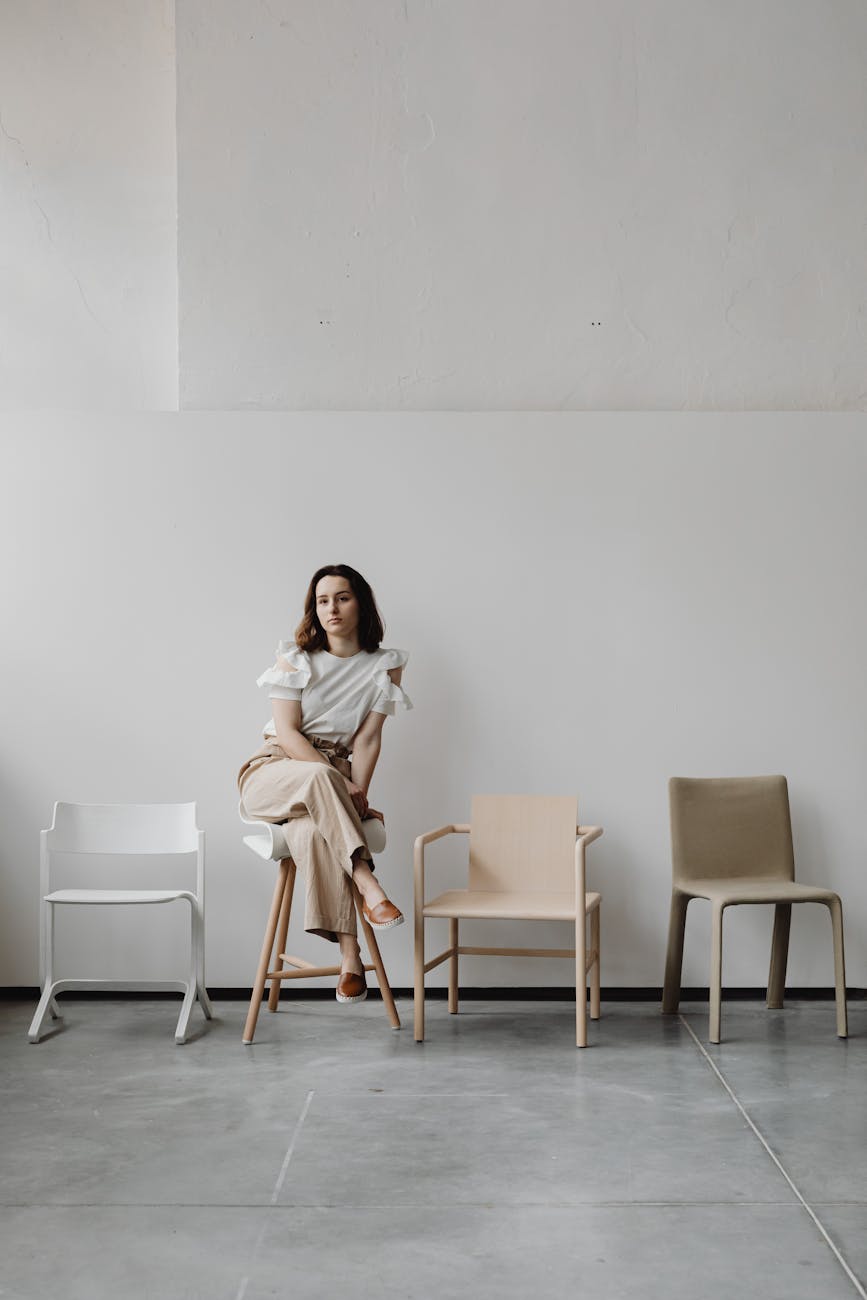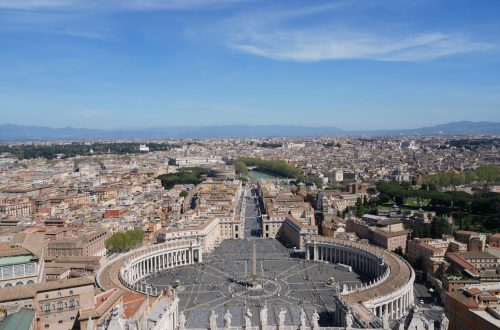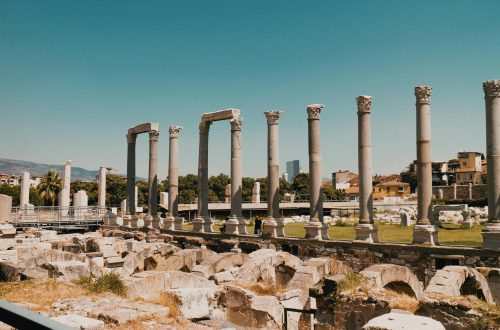
Architectural Photo Tips: Effortless Techniques for Stunning Pantheon Interiors
The Pantheon in Rome is a breathtaking architectural marvel that has stood the test of time, dating back to ancient Roman civilization. Capturing the beauty and grandeur of the Pantheon’s interiors through photography can be a rewarding experience for any enthusiast. In this article, we will explore some effortless techniques and tips to help you take stunning photos of the Pantheon’s interiors that truly capture its magnificence.
Understanding the Pantheon’s Architecture
Before diving into photography techniques, it’s essential to understand the architectural elements of the Pantheon. Built as a temple to all gods, this iconic structure features a vast domed ceiling with an oculus at the center, allowing natural light to illuminate the interior in a spectacular way. The interplay of light and shadows within the Pantheon creates a visually captivating scene that lends itself well to photography.
Setting the Scene: Choosing the Right Time
Timing is crucial when photographing the Pantheon’s interiors. To capture the best lighting conditions, aim to visit early in the morning or late in the afternoon when the sunlight streams through the oculus, casting dramatic shadows and highlighting the intricate details of the architecture. Avoid midday when the harsh overhead light may wash out your photos.
Utilizing Natural Light
Natural light is your best friend when photographing the Pantheon’s interiors. Use the sunlight pouring through the oculus to create stunning effects in your photos. Experiment with different angles and perspectives to capture the interplay of light and shadows on the walls, floors, and columns. Adjust your camera settings to find the right balance and exposure for a well-lit shot.
Playing with Composition
Composition plays a vital role in creating visually appealing photographs of the Pantheon’s interiors. Pay attention to leading lines, symmetry, and patterns within the architecture to frame your shots effectively. Experiment with different angles, including shooting upwards towards the dome or capturing the details of the marble floors and columns. Don’t be afraid to get creative with your compositions to showcase the grandeur of the space.
Focusing on Details
The Pantheon is filled with intricate details and architectural elements that make for compelling photo subjects. Zoom in on the intricate carvings, textures of the marble, and the play of light on the surfaces to capture the essence of the space. Macro photography can help you highlight the smallest details that often go unnoticed, adding depth and interest to your photos.
Post-Processing for Impact
After capturing your photos, consider post-processing techniques to enhance the visual impact of your images. Adjusting contrast, brightness, and color saturation can help bring out the details and textures within the Pantheon’s interiors. Experiment with black and white conversions to create a timeless and dramatic effect that emphasizes the architectural elements.
Conclusion
Capturing the stunning interiors of the Pantheon through photography requires a keen eye for detail, an understanding of lighting, and a creative approach to composition. By following these effortless techniques and tips, you can create captivating photos that showcase the beauty and grandeur of this iconic architectural masterpiece. Experiment, explore, and unleash your creativity to capture the essence of the Pantheon in a truly unforgettable way.




